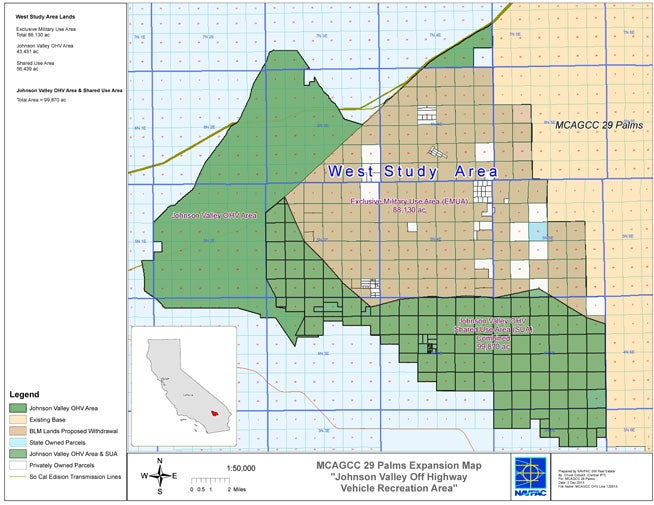Southern California off-highway vehicle users score an upset victory over the Marine Corps in the long-running battle for Johnson Valley.

If you’ve ever wondered whether the donations and membership funds sent to aid motorcycle associations and off-road rights activists and lobbies does any good, then the plight of Southern California’s Johnson Valley OHV, the largest in the United States, might give you some perspective. Thanks to the work of a huge network of off-highway recreation groups, it has been saved from a proposed takeover by the U.S. Marine Corps.
Thanks to language included in the National Defense Authorization Act for Fiscal Year 2014 by U.S. Rep. Paul Cook (R-Calif.) and approved by a U.S. House-Senate conference committee on Dec. 11, the Johnson Valley OHV area has been permantently designated as an off-highway vehicle recreation area, and it will be managed by the U.S. Department of the Interior. The area is designated specifically for recreational uses including, but not limited to, OHV use, camping and hiking. Marine Corps activities will be allowed in a shared use area twice a year for a maximum of 60 days and require use of non-dud producing ordnance. According to a local newspaper report, no bombs will be allowed at all during the Marines’ proposed live-fire exercises.
Wayne Allard, AMA vice president for government relations, praised Cook, who is a retired U.S. Marine Corps colonel, for his efforts to protect the local economies and provide for the safety of the residents surrounding the Twentynine Palms Marine Base. The base wanted to expand its live fire training into Johnson Valley.
“It was the strong leadership and exceptional ability of Paul to work with the Natural Resources Committee and Armed Services Committees in the U.S. House and Senate that protected the popular off-highway area in Johnson Valley,” Allard said. The Johnson Valley Off-Highway Vehicle Recreation Area is the first federal land-use designation for off-highway use and becomes a precedent for future motorized recreation.”
The AMA joined with the California Motorized Recreation Council, a non-profit 501(c)3 represented in Washington, D.C., by The Livingston Group, to work with Cook to develop the amendment that preserves access to the Johnson Valley OHV riding area. CMRC members and partners include the Off-Road Business Association, California Association of 4-Wheel Drive Clubs, California Off-Road Vehicle Association, American Sand Association, California-Nevada Snowmobile Association, AMA District 36 (Northern California, Northwestern Nevada), AMA District 37 Off-Road (Southern California), The Partnership for Johnson Valley and countless individuals and businesses. The Specialty Equipment Market Association, the Motorcycle Industry Council and Americans for Responsible Recreational Access also provided valuable support.
 Your Privacy Choices
Your Privacy Choices